Heading out the door? Read this article on the new Outside+ app available now on iOS devices for members! Download the app.
It’s 4 a.m. in Vesper Basin, deep in Washington’s Cascades, and I’m building a dam out of twigs.
The rain started two days ago; not with a roar but rather a slow drumming, wrapping the world in fog until even the near edge of the cirque vanished. Our tarp-tent made a good effort for the first 45 hours, but now the soil is saturated, and tiny rivers are snaking under our sleeping pads. Hence the twig dam.
My three tentmates and I scramble into rain pants and jackets, squinting into the misty dark as we search for sticks big enough to divert the new stream trying to establish itself right through the center of our tent. As we start stacking our scavenged construction materials along the tarp edge, the absolute absurdity of the scene hits me, and I find myself giggling. I’ve been in some ridiculous situations in the backcountry, but this one definitely takes the top prize. One minor feat of engineering later, we drift back to sleep to the sounds of the relocated creeklet rushing down on either side of us.
Storms—steady rain, sudden hail, the flickering terror of alpine lightning—are as much a part of backpacking as sunny days. Though we hikers often bemoan bad weather, there’s an undeniable beauty to it. I’ll never forget watching hail squalls advance in a visible line down a Pacific Northwest beach, or the first time I felt the cabin shake with the force of a summer thunderstorm in the Montana Rockies.
Sure, maybe the night I spent holding my collapsing tent away from my face in a windstorm wasn’t the most restful, but will any number of calm backcountry nights give me a better story?
Watching bad weather is more fun than being outside in it. Learn to predict what’s coming with our Wilderness Weather Fundamentals course.
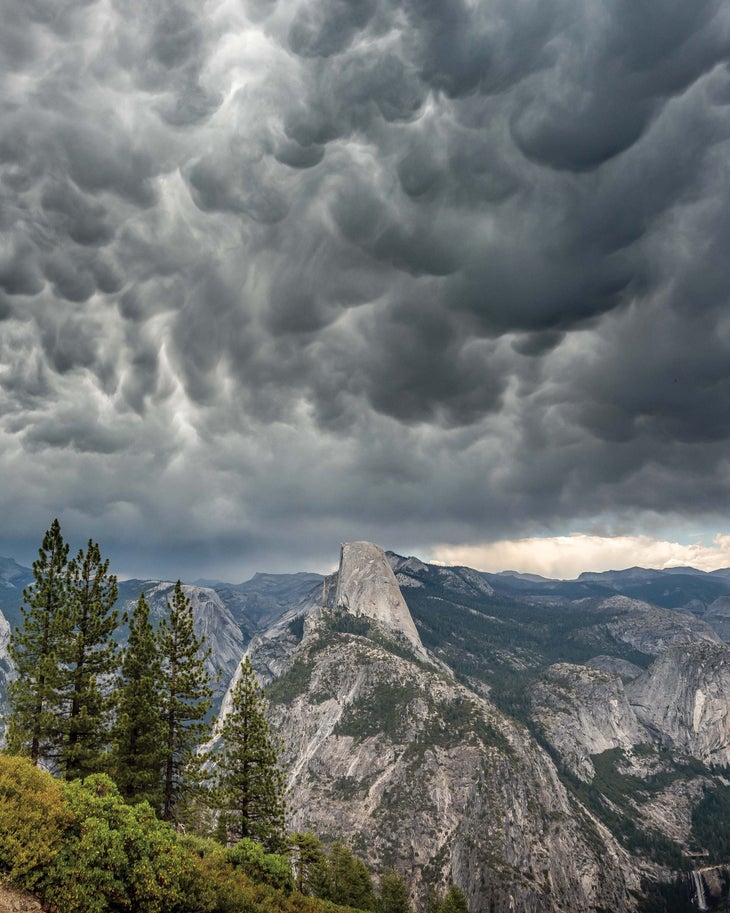
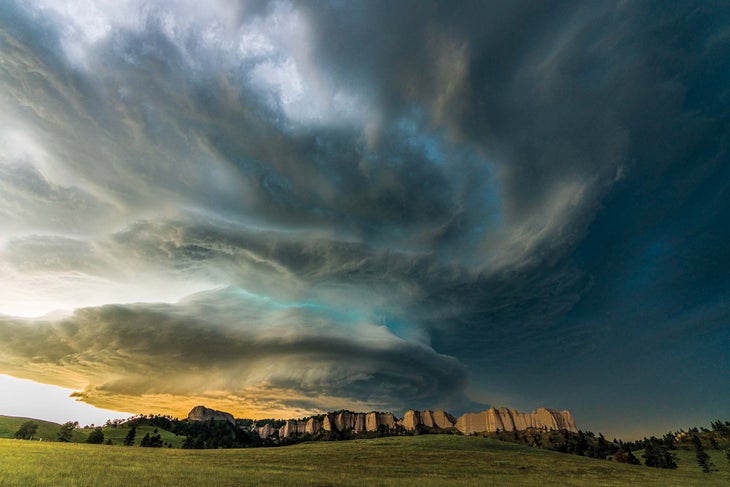
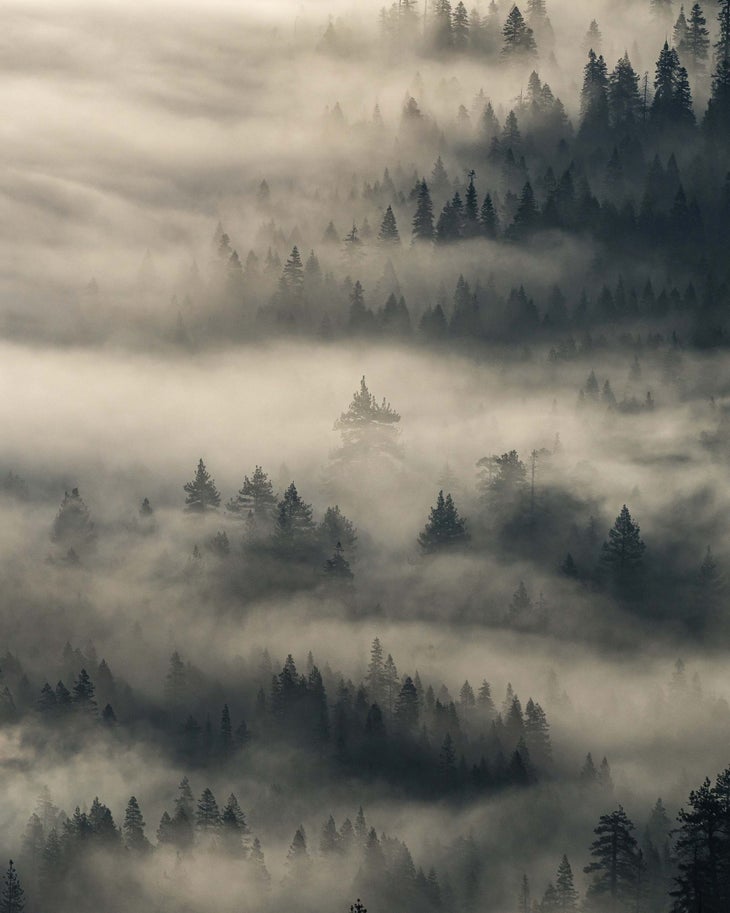
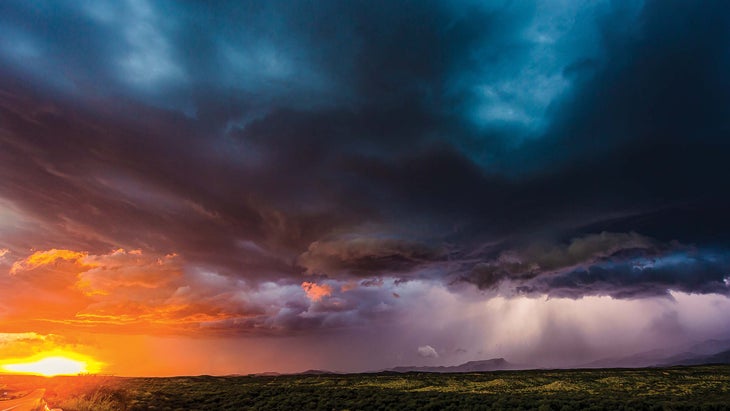
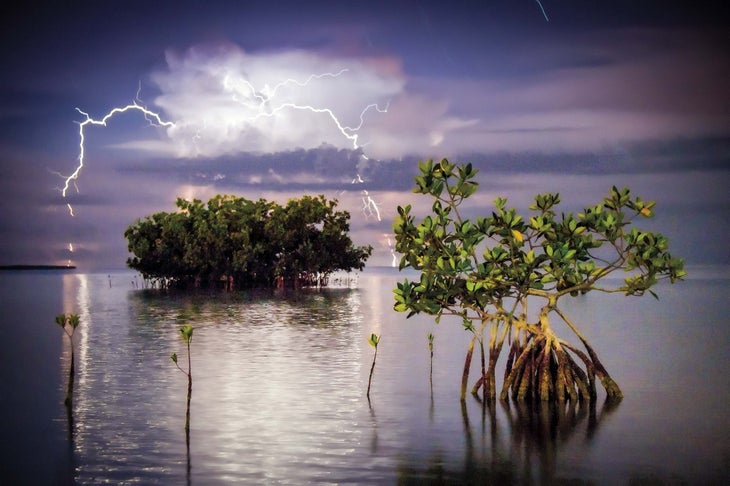
From May/June 2021
